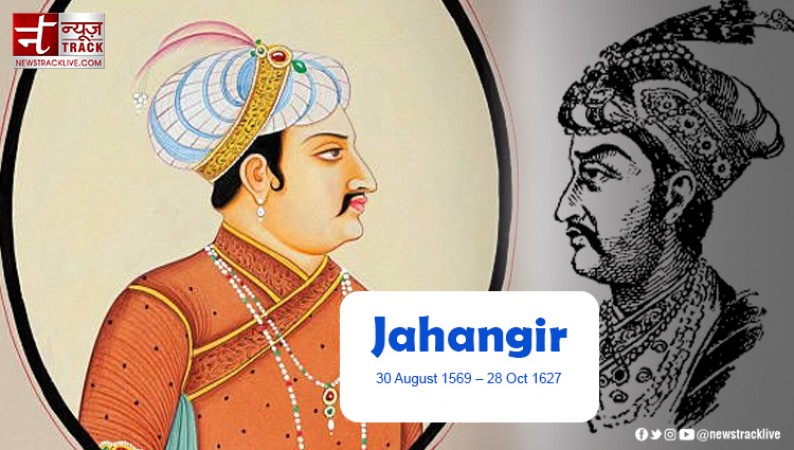
On the 31st of August, history enthusiasts and admirers of Mughal heritage come together to commemorate the birth anniversary of Emperor Jahangir, also known as Nur-ud-din Muhammad Salim. Born in the year 1569 in the majestic city of Fatehpur Sikri, Jahangir's legacy continues to captivate the world, offering a glimpse into the opulence and grandeur of the Mughal Empire.
Early Life and Lineage
Jahangir was the fourth ruler of the Mughal dynasty, succeeding his father, the renowned Akbar the Great. His mother, Mariam-uz-Zamani, whose birth name was Harkha Bai, was the daughter of Raja Bharmal of Amber, popularly known as Jodha Bai. This lineage brought a unique cultural amalgamation into Jahangir's life, as he inherited both Mughal and Rajput heritage.
Born with the name Nur-ud-din Muhammad Salim, Jahangir's reign spanned from 1605 to 1627. His ascension to the throne was marked by a sense of diplomacy and astuteness, traits he had imbibed from the progressive policies of his father.
A Patron of Art and Culture
Jahangir's reign is often associated with the flourishing of art, culture, and intellectual pursuits. His keen interest in the arts led him to become one of the greatest patrons of Mughal painting. The famed "Jahangirnama," a memoir penned by Jahangir himself, vividly illustrates his fascination with the world around him. This unique document provides invaluable insights into the socio-cultural milieu of his era.
The emperor's court became a haven for poets, scholars, and artists. Persian poetry and literature were especially cherished during his time, and the court attracted luminaries such as the celebrated poet, Abdul Hasan, also known as "Amir Khusrav Dehlavi." This convergence of creative minds fostered an environment of intellectual exchange that enriched Mughal society.
Architectural Marvels and Contributions
Jahangir's influence extended beyond the arts, leaving an indelible mark on architecture as well. His rule witnessed the continuation of the Mughal architectural style, characterized by intricate designs, domes, and minarets. The Shalimar Gardens in Lahore, with their symmetrical layout and flowing watercourses, stand as a testament to his appreciation for nature and aesthetics.
Additionally, Jahangir's dedication to religious tolerance is evident in his support for the construction of religious edifices. He funded the completion of the tomb of Sheikh Salim Chishti in Fatehpur Sikri, showcasing his respect for Sufi traditions.
Legacy and Remembering Jahangir
Jahangir's legacy is a tapestry woven with the threads of art, culture, and governance. His reign marked a period of stability and prosperity within the Mughal Empire. His ability to balance diplomacy with his military duties contributed to the empire's overall strength.
As India remembers his birth anniversary on the 31st of August, we are reminded of the rich cultural heritage he left behind. The intricate miniatures, the eloquent poetry, and the architectural marvels continue to resonate with modern India, reminding us of the enduring impact of his reign.
Bikramjeet Kanwarpal's Birth Anniversary: Lesser-Known Facts About the Actor
Remembering the Legend: Major Dhyan Chand Singh on His Birth Anniversary